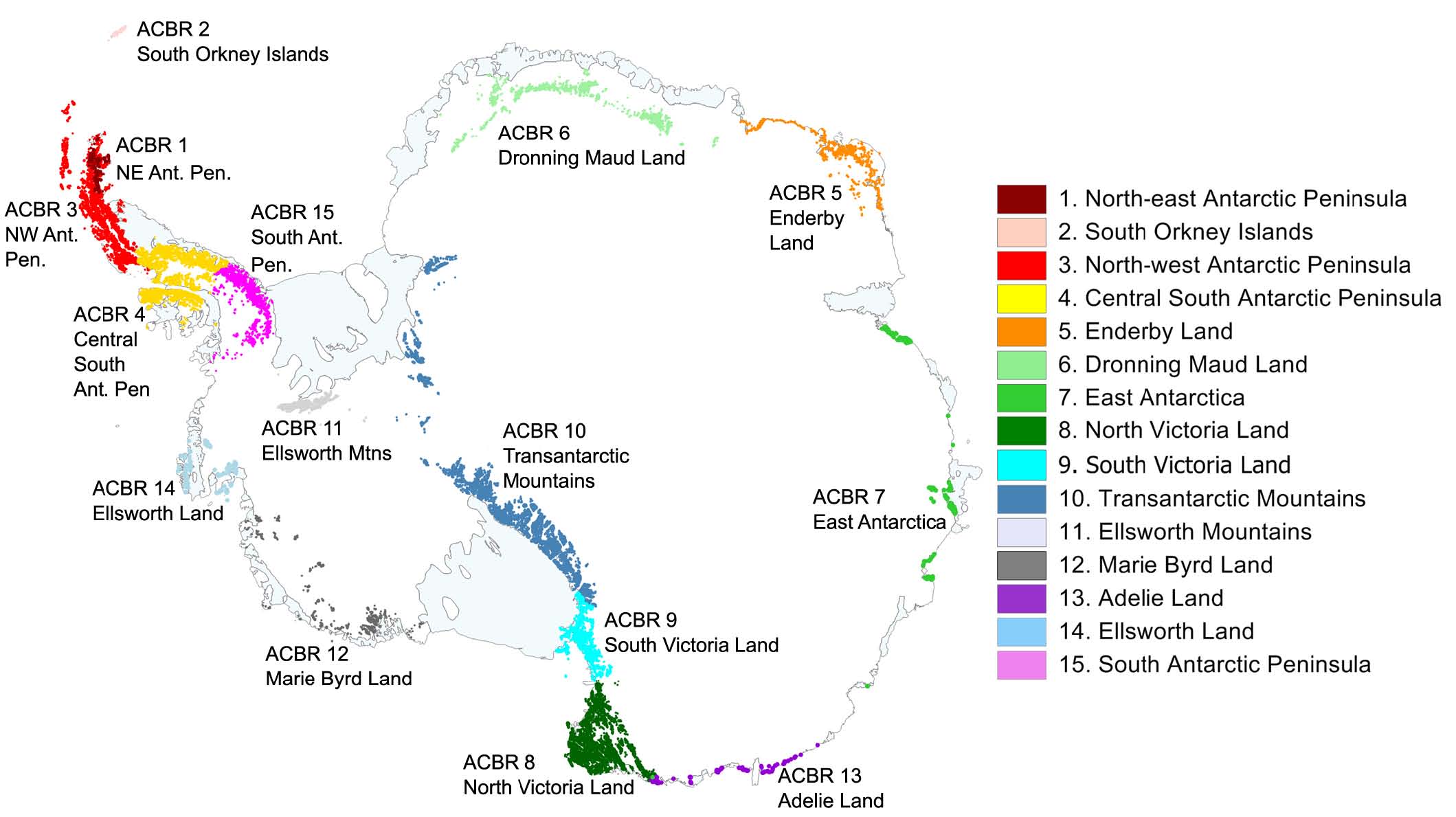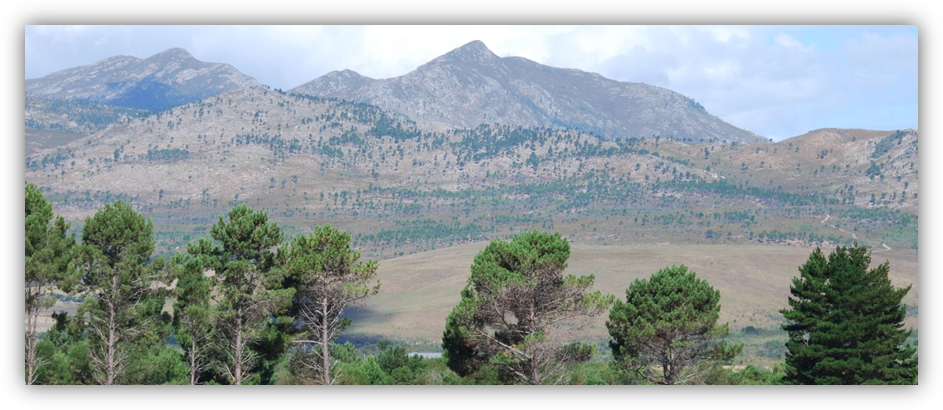Genetic markers suggest alien fruit fly is using human transport to invade South Africa
The Mediterranean fruit fly, Ceratitis capitata, is a highly invasive species throughout the world and is considered one of the world’s most devastating insect pests. In South Africa, the costs of crop losses and control operations exceed R18 million per annum.





